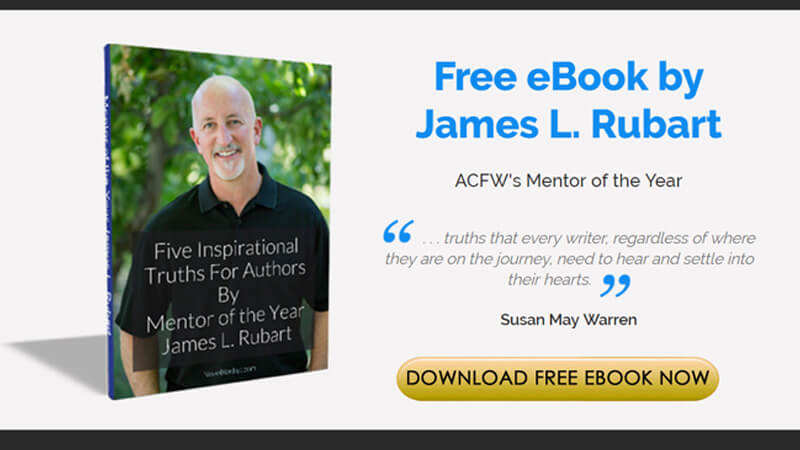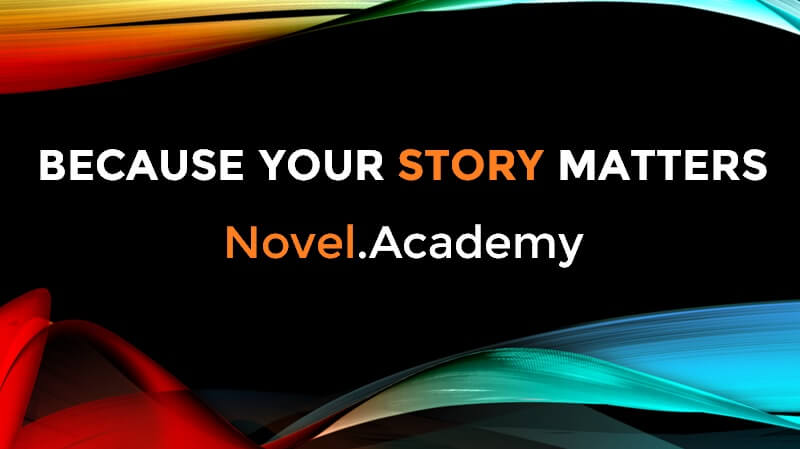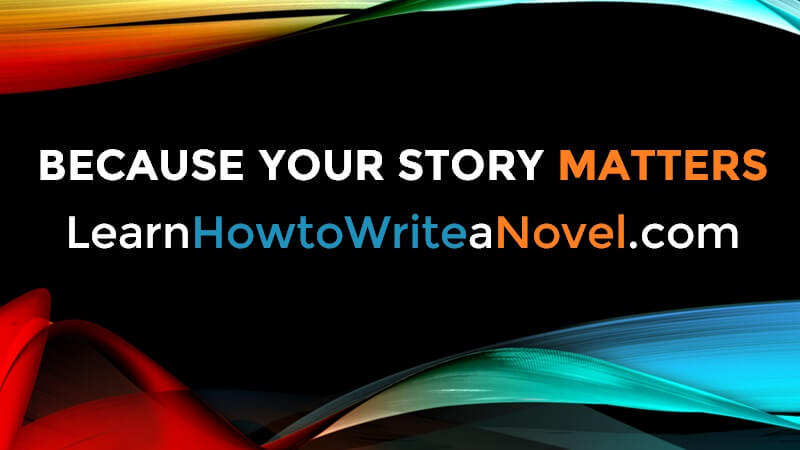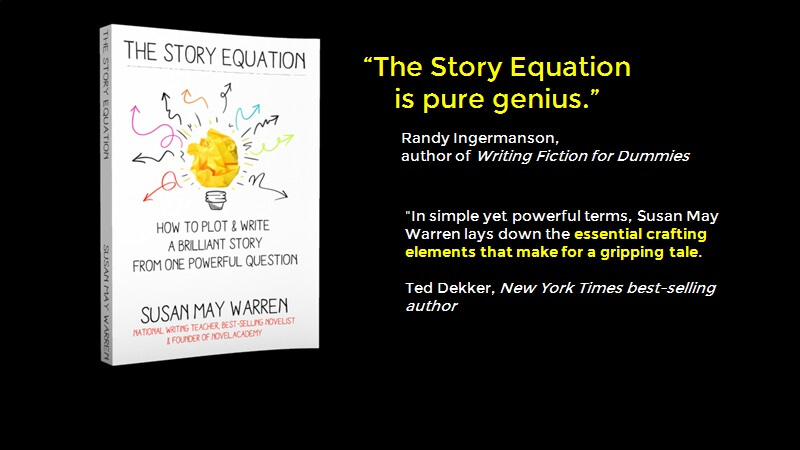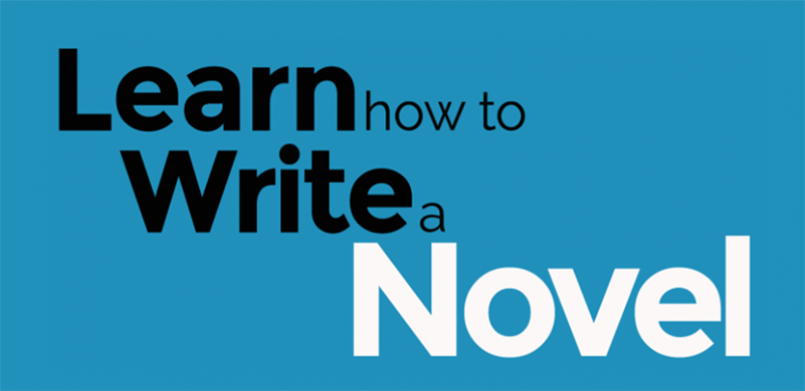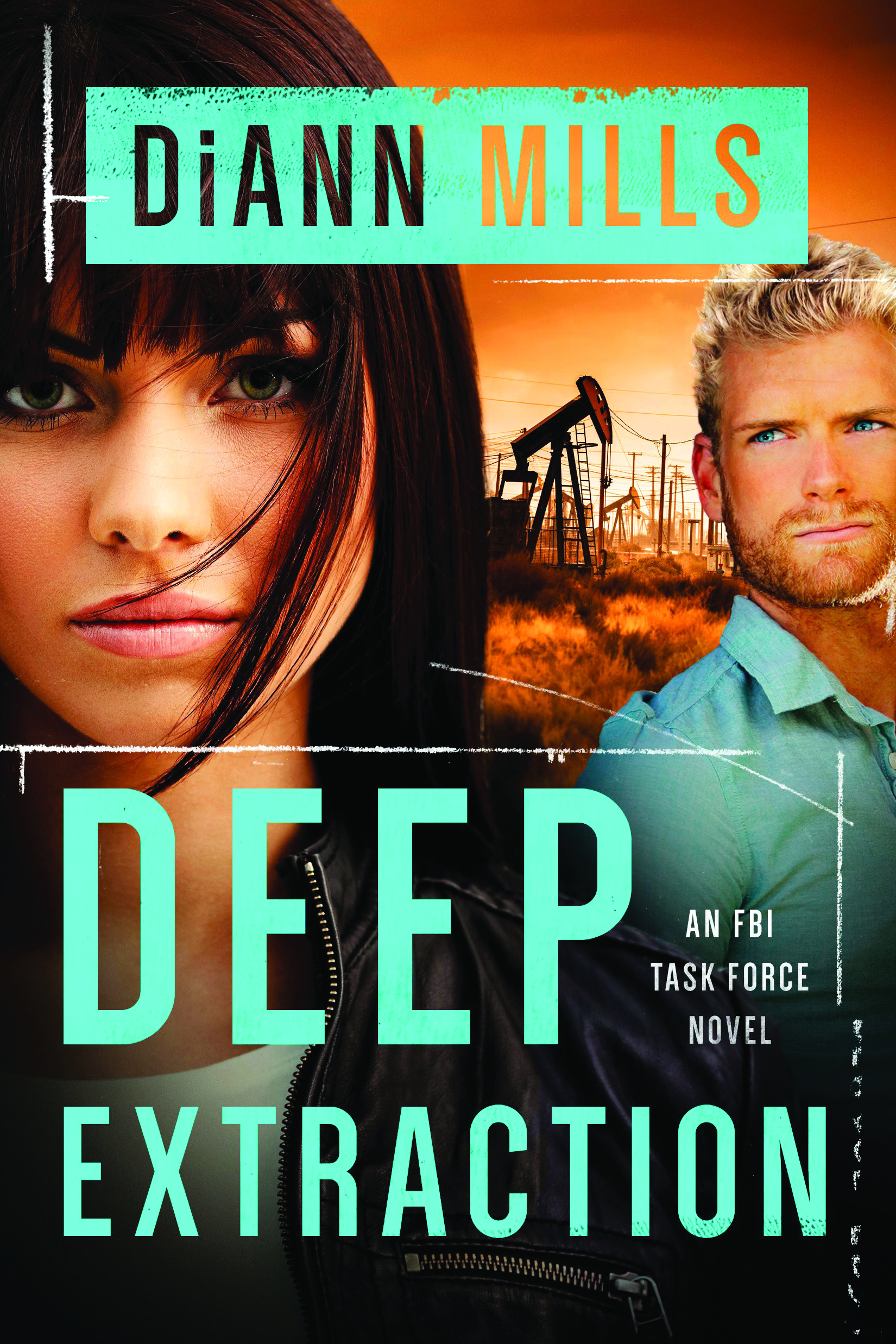Originally posted in 2009. Used with permission
Tess Gerritsen left a successful practice as an internist to raise her children and concentrate on her writing. She gained nationwide acclaim for her first novel of medical suspense, the New York Times bestseller Harvest. She is also the author of the bestsellers Life Support, Bloodstream, Gravity, and The Surgeon. Tess lives with her family in Maine. (PHOTO CREDIT: Paul D'Innocenzo) --as appeared her blog.
Tess Gerritsen left a successful practice as an internist to raise her children and concentrate on her writing. She gained nationwide acclaim for her first novel of medical suspense, the New York Times bestseller Harvest. She is also the author of the bestsellers Life Support, Bloodstream, Gravity, and The Surgeon. Tess lives with her family in Maine. (PHOTO CREDIT: Paul D'Innocenzo) --as appeared her blog.
Motivation...Doing It

A reader/writer asked:
I was wondering if you would discuss on your blog what your process is, from starting a book through your final edits. Do you write a certain number of words per day? Do you write your books straight through, or do you skip around? Do you put it away for a while after you finish your first draft?
The writing process is something every writer evolves on her own. After having completed this 22 times, I’ve grown to learn what works for me.
First, above all, comes the idea. It’s amazing how often aspiring authors tell me they’ve got a great idea for a novel, and my reaction to it is “ho-hum.” Great ideas aren’t easy to come up with. Just saying “my book is about sex trafficking of Russian girls” isn’t really what launched VANISH. What really launched it was the idea that Jane Rizzoli is in labor and gets taken hostage. The sex trafficking angle occurred to me later. Notice where I found the excitement — in the predicament of the character, not in the machinations of the plot.
For ICE COLD (THE KILLING PLACE in the UK), the idea I had was this: Maura gets trapped during a snowstorm in a remote Wyoming village where everyone has vanished, leaving behind dead pets and uneaten meals. The explanation for why it happened is where the plot takes her, but the thing that really grabbed me was the idea of being trapped. In a blizzard. And every attempt at escape ends up in worsening horror.
So my number one piece of advice for a writer is, find an idea that focuses on a character’s predicament. Not on generalized concepts like sex trafficking or serial killers or global catastrophe. Start your story in a very personal place, with a character who is facing a crisis.
Once you’ve got that, your story will follow what happens to that person. My next job is to find out why is it happening? Maura’s in a weird little town, trying to get out, and she doesn’t understand what happened there. That’s where the plot and detective work comes in. What clues will she find? What worse things will happen? And meanwhile, how will Jane Rizzoli try to find her missing friend?
During my first draft phase, I try to write about four pages a day. I know that I’ll get through a first draft in about eight months, on that schedule.
I don’t stop to revise — I just forge ahead, through thick and thin, and through some really rough work. Some of it is horrible. That’s okay — I’ll come back and fix those scenes. Since I don’t outline ahead of time, I don’t always know the solution to the mystery. So I’ll wander in the wilderness along with my characters, until I get about 2/3 of the way through and I’ll be forced to find answers. And then I can finally write to the end.
May I repeat: I don’t stop to revise during the first draft. Because it’s all going to be changed anyway, when I finally figure out what the book is about.
The second draft is pure hell. It involves going back, seeing how horrible the first draft is, and re-writing the entire thing. But by then, I know where the story is going. I know where the solution lies, and I know who my secondary characters are.
The third draft starts to look a little better. Here’s where I try to hone the logic and the motivations, where I try to make the dialogue more subtle. My first draft dialogue tends to fall like a sledgehammer. Characters say exaggerated things, or have exaggerated responses. That’s because I’m painting with broad strokes, just to help define the emotions. The later drafts are about keeping those emotions intact, but allowing the characters to express them in less overt ways.
When I finally get to around draft four or five, I don’t let it sit around and season, because I’m usually bumping up against a deadline. Besides, by then I’m sick of the whole thing and don’t want to look at it again. So, for better or worse, it usually goes off to the editor. And then comes the wait as she comes up with the editorial letter suggesting changes.
Every book is different. Every book has given me high anxiety. Every book has been agony to write, and has made me question why I’m in this profession.
Ronie Kendig is an award-winning, bestselling author who grew up an Army brat. After twenty-plus years of marriage, she and her hunky hero husband have a full life with their children, a Maltese Menace, and a retired military working dog in Northern Virginia. She can be found at www.roniekendig.com, on Facebook (www.facebook.com/rapidfirefiction), Twitter (@roniekendig), Goodreads (www.goodreads.com/RonieK), and Pinterest (http://www.pinterest.com/roniek/)!
Ronie's upcoming release, Falcon, received 4.5 stars from RT Book Reviews: Kendig blows away fans...Falcon is a must-read!




